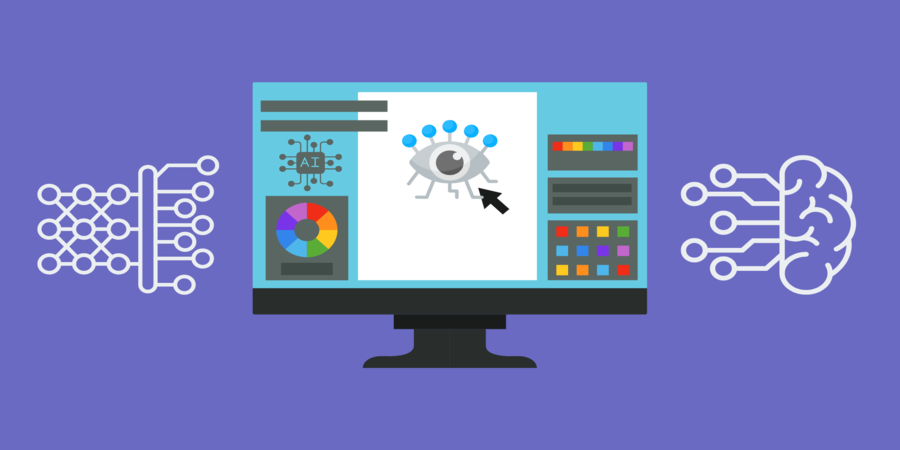

What is Computer Vision A Comprehensive Explanation
Computer Vision: Definition and Purpose
Computer Vision refers to a field of study in which computers can interpret and understand the visual world around them. The field of Computer Vision aims to enable machines to interpret images and videos, and to derive meaningful information from them. The ultimate goal of Computer Vision is to enable machines to see the world like humans do, to identify and analyze objects, and to make decisions based on this analysis.
Applications of Computer Vision
The applications of Computer Vision are vast and varied, and include a wide range of industries, such as healthcare, automotive, retail, and security. In healthcare, Computer Vision is used for medical imaging, such as x-rays and MRIs, and for diagnosing diseases based on visual data. In the automotive industry, Computer Vision is used for self-driving cars, enabling them to navigate and avoid obstacles. In retail, Computer Vision is used for object recognition and tracking, as well as for customer analytics. In security, Computer Vision is used for surveillance and monitoring, such as facial recognition and tracking.
How Does Computer Vision Work?
At its core, Computer Vision involves the use of algorithms and mathematical models to interpret visual data. The process begins with capturing an image or video, which is then processed by the computer to extract relevant features, such as edges, corners, and textures. These features are then used to identify objects and patterns within the image or video.
There are several key techniques used in Computer Vision, including image processing, pattern recognition, and machine learning. Image processing involves the manipulation of visual data to enhance or extract specific features. Pattern recognition involves the identification of objects or patterns within an image or video. Machine learning involves the use of algorithms that can learn from and adapt to new data.
Challenges in Computer Vision
While Computer Vision has made great strides in recent years, there are still many challenges that must be overcome. One of the biggest challenges is the variability of visual data. Objects can appear in different lighting conditions, from different angles, and with different textures and colors. Computer Vision algorithms must be able to recognize objects in all of these variations.
Another challenge is the need for large amounts of data to train machine learning algorithms. The accuracy of these algorithms depends on the quality and quantity of the data they are trained on. This means that data collection and annotation can be time-consuming and expensive.
There are ethical concerns surrounding the use of Computer Vision, particularly in the areas of surveillance and privacy. As Computer Vision becomes more ubiquitous, it is important to consider how it is being used and to ensure that it is being used ethically and responsibly.
Computer Vision is a rapidly evolving field that has the potential to revolutionize many industries. With advances in algorithms, machine learning, and data collection, we are seeing new applications of Computer Vision emerge all the time. While there are still many challenges to overcome, the potential benefits of Computer Vision make it an exciting area of research and development. As we continue to explore the possibilities of Computer Vision, it is important to consider the ethical implications of its use and to ensure that it is being used responsibly.
Exploring the Components of Computer Vision
Computer vision encompasses various components that work together to enable machines to perceive and understand visual data. Let's delve deeper into these components:
Image Acquisition
The process of capturing visual data is fundamental to computer vision. Images or videos can be acquired from various sources, such as cameras, sensors, or even pre-existing datasets. The quality and resolution of the acquired data play a crucial role in subsequent analysis.
Preprocessing
Before analysis can take place, the acquired images often require preprocessing. This step involves tasks such as resizing, noise reduction, and image enhancement to improve the quality of the data and facilitate better analysis.
Feature Extraction
In this step, relevant features are extracted from the preprocessed images or videos. These features can include edges, corners, textures, shapes, or any other distinctive characteristics that aid in object recognition and understanding.
Object Recognition
Object recognition is a vital aspect of computer vision. It involves figuring out what things are in a picture or video and putting them into groups. This process can range from basic object detection to more advanced tasks like semantic segmentation or instance segmentation, which identify objects and their boundaries.
Scene Understanding
Scene understanding focuses on interpreting the context and relationships between objects in a scene. It involves higher-level analysis, such as recognizing scenes, understanding spatial layouts, and inferring the intentions or actions of individuals within the scene.
Tracking and Motion Analysis
Computer vision techniques can also be used to track objects or analyze motion within a sequence of images or videos. This capability is particularly useful in applications like surveillance, autonomous navigation, and gesture recognition.
Machine Learning and Deep Learning
Machine learning techniques, including deep learning, have revolutionized computer vision. These approaches enable computers to learn from vast amounts of labeled data, allowing them to recognize objects, detect patterns, and make predictions with high accuracy. Convolutional Neural Networks (CNNs) are commonly employed for image classification and object detection tasks.
3D Computer Vision
While traditional computer vision primarily deals with 2D data, 3D computer vision aims to understand and analyze the 3D structure of objects and scenes. This involves tasks such as depth estimation, 3D reconstruction, and point cloud analysis, which find applications in augmented reality, robotics, and industrial automation.
The Future of Computer Vision
As technology advances, the future of computer vision holds immense potential. Some key areas of development include:
Improved Accuracy
Researchers are continuously working to enhance the accuracy of computer vision algorithms. This involves addressing challenges such as occlusion, variations in lighting conditions, and complex scenes to achieve more robust and reliable results.
Real-time Processing
Real-time computer vision is crucial for applications like self-driving cars or robotics, where quick decision-making is essential. Advancements in hardware and algorithm optimization are enabling faster processing speeds, making real-time applications more feasible.
Explainable AI
As computer vision systems become more prevalent in critical domains, the need for explainable AI arises. Researchers are striving to develop techniques that can provide transparent and interpretable explanations for the decisions made by computer vision models, ensuring accountability and trust.
Multimodal Perception
Integrating computer vision with other modalities, such as natural language processing or audio analysis, can lead to more comprehensive and intuitive understanding of the environment. Multimodal perception opens up possibilities for applications like human-robot interaction, smart assistants, and assistive technologies.
Ethical Considerations
As computer vision becomes more pervasive, ethical considerations surrounding privacy, bias, and fairness come to the forefront. It is crucial to address these concerns proactively, ensuring that computer vision technologies are developed and deployed in a manner that respects individual rights and societal values.
Conclusion
Computer vision is a dynamic and multidisc disciplinary field that aims to enable machines to interpret and understand visual data. Through the components of image acquisition, preprocessing, feature extraction, object recognition, scene understanding, tracking and motion analysis, and the integration of machine learning and deep learning techniques, computer vision has made significant advancements in various industries.
Looking ahead, the future of computer vision holds tremendous possibilities. Improved accuracy will enable more reliable and robust performance, even in challenging conditions. Real-time processing capabilities will continue to evolve, empowering applications that require instantaneous decision-making. The development of explainable AI techniques will enhance transparency and accountability in computer vision systems, fostering trust and understanding.
Multimodal perception, combining visual data with other modalities, will lead to a more comprehensive understanding of the environment, enabling applications that seamlessly integrate multiple sources of information. Ethical considerations will remain at the forefront, driving responsible and conscientious development and deployment of computer vision technologies.
Popular articles

Jun 08, 2023 07:51 AM
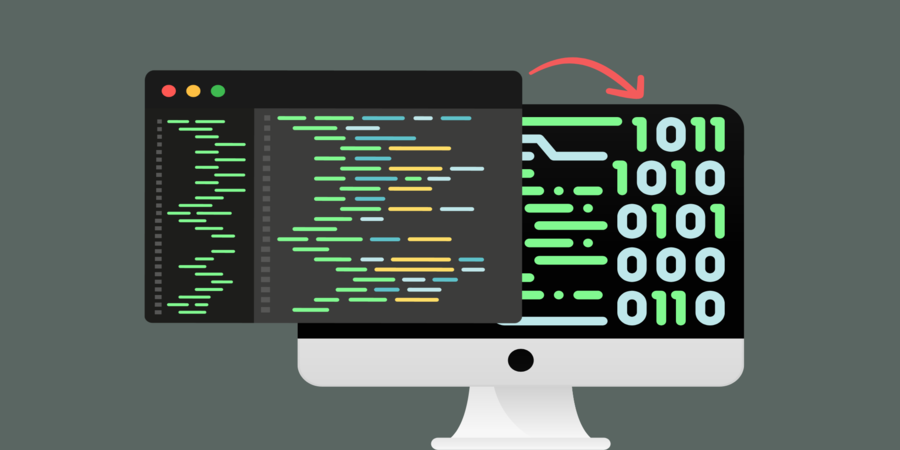
Jun 08, 2023 08:05 AM
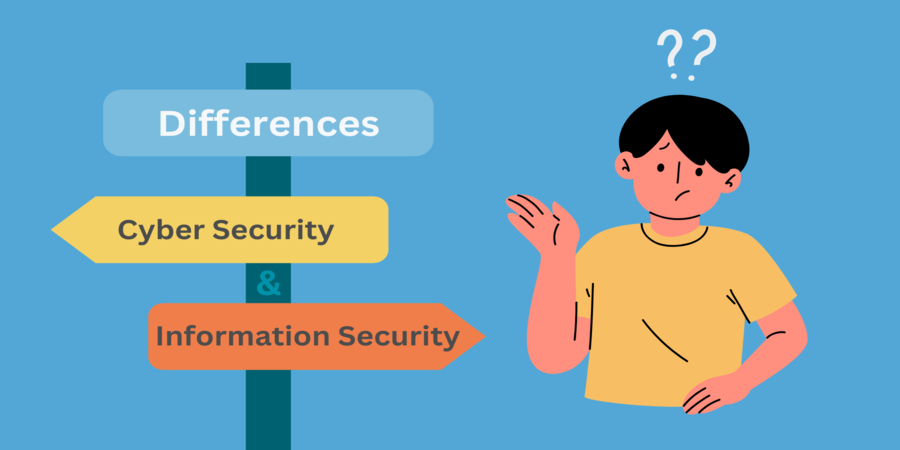
Jun 08, 2023 03:04 AM
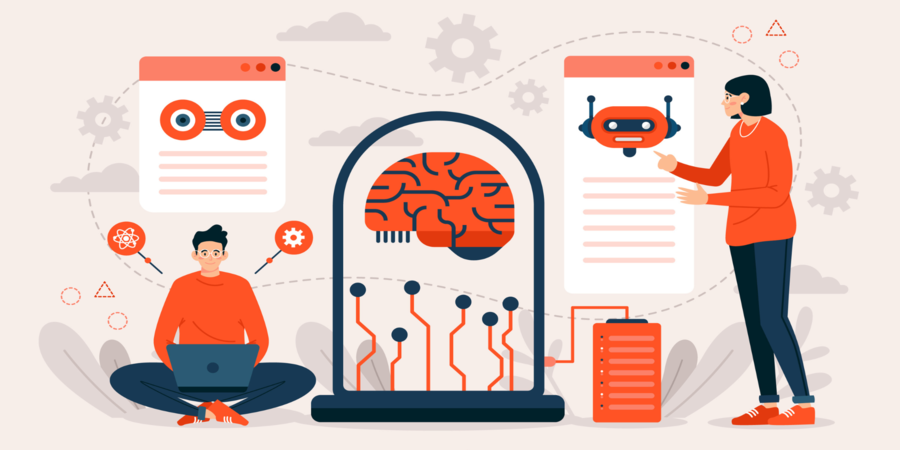
Jun 07, 2023 04:32 AM
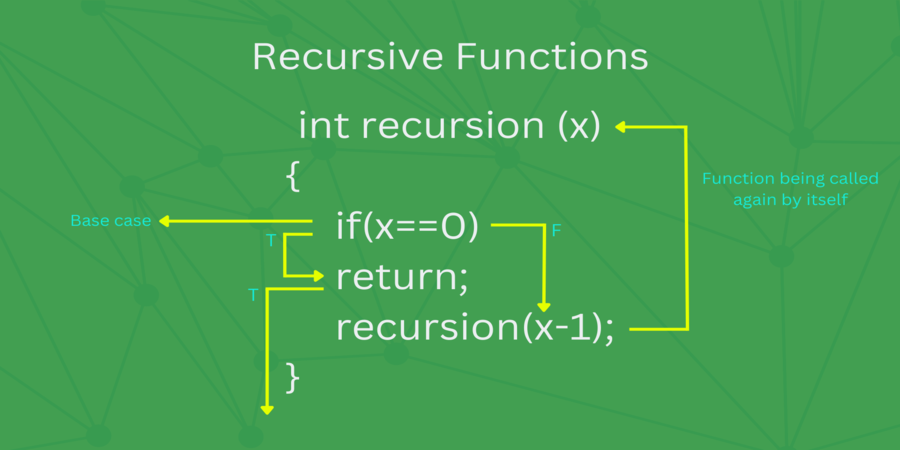
Jun 05, 2023 06:41 AM
Comments (0)